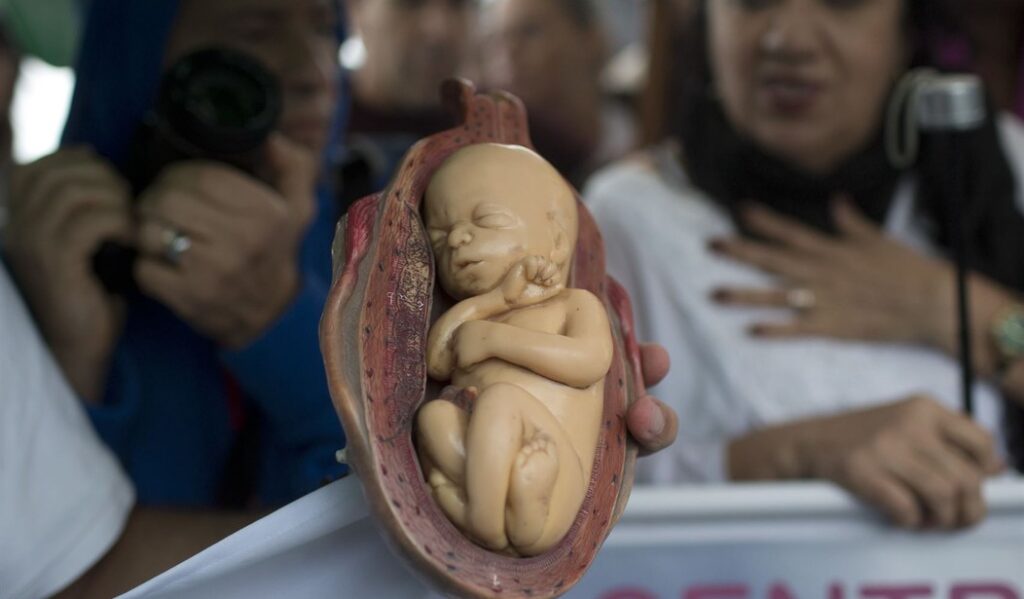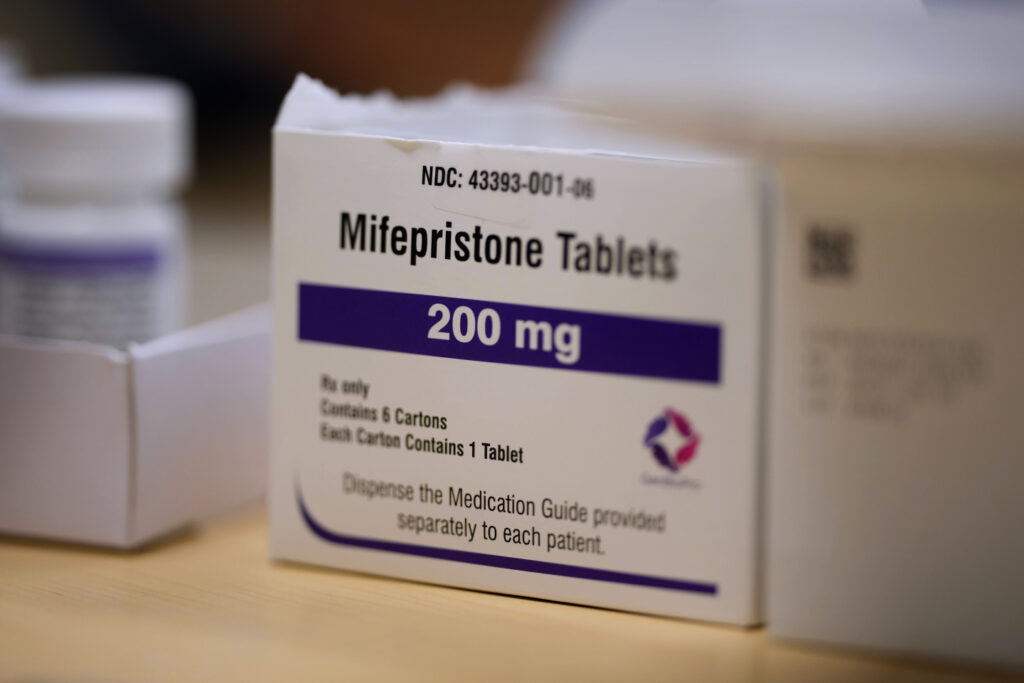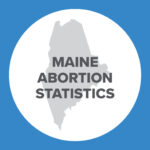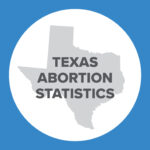Abortion Reporting: Vermont (2021)
Vermont’s 2021 abortion statistics were published online as part of the state’s full vital statistics report in September 2023. The report is available on the website of the Vermont Department of Health.
Statistics and Changes in Vermont Abortions, 2020-2021

This report does not include information on Planned Parenthood’s abortion market share.
Abortion Totals and Trends
There were 1,033 abortions reported in Vermont in 2021, a decrease of 16% from the prior year (Fig. 1). Chemical abortions decreased 20%, from 926 in 2020 to 743 in 2021. The Charlotte Lozier Institute (CLI) estimates that Vermont’s abortion rate fell by 17% to 8.6 abortions per 1,000 women ages 15 to 44 (Fig. 2).1 Of the 39 states that have reported abortion statistics for 2021, 12 states (including Vermont) have reported abortions decreasing.
State Report Summary
In 2021, 79% of the abortions reported in Vermont were performed on state residents, while 21% were performed on nonresident women, including 13% on women from New Hampshire. Eleven percent of Vermont abortions were performed on girls ages 19 or younger (with 4% on girls under the age of 18). Twenty-eight percent were performed on women ages 20 to 24 and 24% on women ages 25 to 29. One-third of the abortions were performed on women ages 30 to 39. Four percent were on women who were age 40 or older.
Eighty-eight percent of the abortions occurring in Vermont were performed on white women, 5% on black women, and 3% on Asian or Pacific Islander women. There were three abortions on American Indian women and 14 on women of other races. Race was not reported for 2% of the abortions. CLI estimates that Vermont’s black abortion rate (21.8 abortions per 1,000 women ages 15 to 44) was 2.6 times the white abortion rate (8.3).
Over half (52%) of Vermont abortions were performed on women with no children. Twenty percent were on women with one child, and 28% were on women with two or more children. Twenty percent of the abortions were performed on women who were either married or separated. Seventy-five percent were on unmarried women, and 6% were on women of unknown marital status.
Twenty-eight percent of Vermont abortions were on women who had a high school diploma as their highest level of education. Thirty-seven percent of abortions were on women who had attended college, with 18% on women with one to three years of college and another 19% on women with four or more years. Six percent were performed on women with less than a high school education. Education was not reported for 29% of abortions.
Seventy-four percent of Vermont abortions were performed before nine weeks of gestation. Thirteen percent were performed between nine and 10 weeks, and 4% each occurred between 11 and 12 weeks and 13 and 15 weeks of gestation. Three percent were reported from 16 to 20 weeks. Sixteen abortions, 1.5% of the total, were performed at 21 weeks of gestation or later.
Most Vermont abortions, 72%, were chemical. Twenty-one percent were suction curettage procedures, and 7% were performed using a different procedure. Eighty-nine percent of the abortions occurred in abortion clinics, while 9% occurred in hospitals and 2%in doctor’s offices. Planned Parenthood operates all brick-and-mortar abortion centers in Vermont, with three of the four Planned Parenthood centers in the state performing abortions. However, it is unclear how many abortions were reported by virtual centers and online abortion pill distributors in the state or whether these are included in the abortion clinic total.
Legislative Changes
As previously noted by CLI, Article 22 Amendment/Prop 5 was on the Vermont ballot in November 2022. The amendment passed with a vote of 77% (yes) to 23% (no), with every town in the state having a majority yes vote. Prop 5 amends Vermont’s state Constitution “to ensure that every Vermonter is afforded personal reproductive liberty.”
In May 2023, Republican Governor Phil Scott signed two “shield laws” (H.B. 89 and S.37) that use different legal enforcement mechanisms to shield providers from prosecution for performing an abortion on women from states where abortion is prohibited. H.B. 89 also attempts to keep abortion pills available in Vermont even if FDA approval of the drug mifepristone (one of the two pills typically used for a medication abortion) is withdrawn as a result of the Alliance for Hippocratic Medicine v. FDA case. S.37, perhaps most notably, censors Vermont pregnancy centers’ ability to advertise and to offer non-medical services, information, and counseling unless provided by a licensed health care provider. The state, under its consumer protection regulations and subject to the interpretation of Vermont’s pro-abortion attorney general, can also fine centers for what the AG deems to be false and deceptive advertising.
State Ranking
In 2016, CLI evaluated abortion reporting across the 50 states, the District of Columbia, and New York City. Vermont’s reporting tied for 31st best. Since Vermont uses state funds to pay for abortions for Medicaid-eligible women, the state could report the method of payment for each abortion. Vermont could also report whether any abortions resulted in complications and the reasons why women had an abortion.
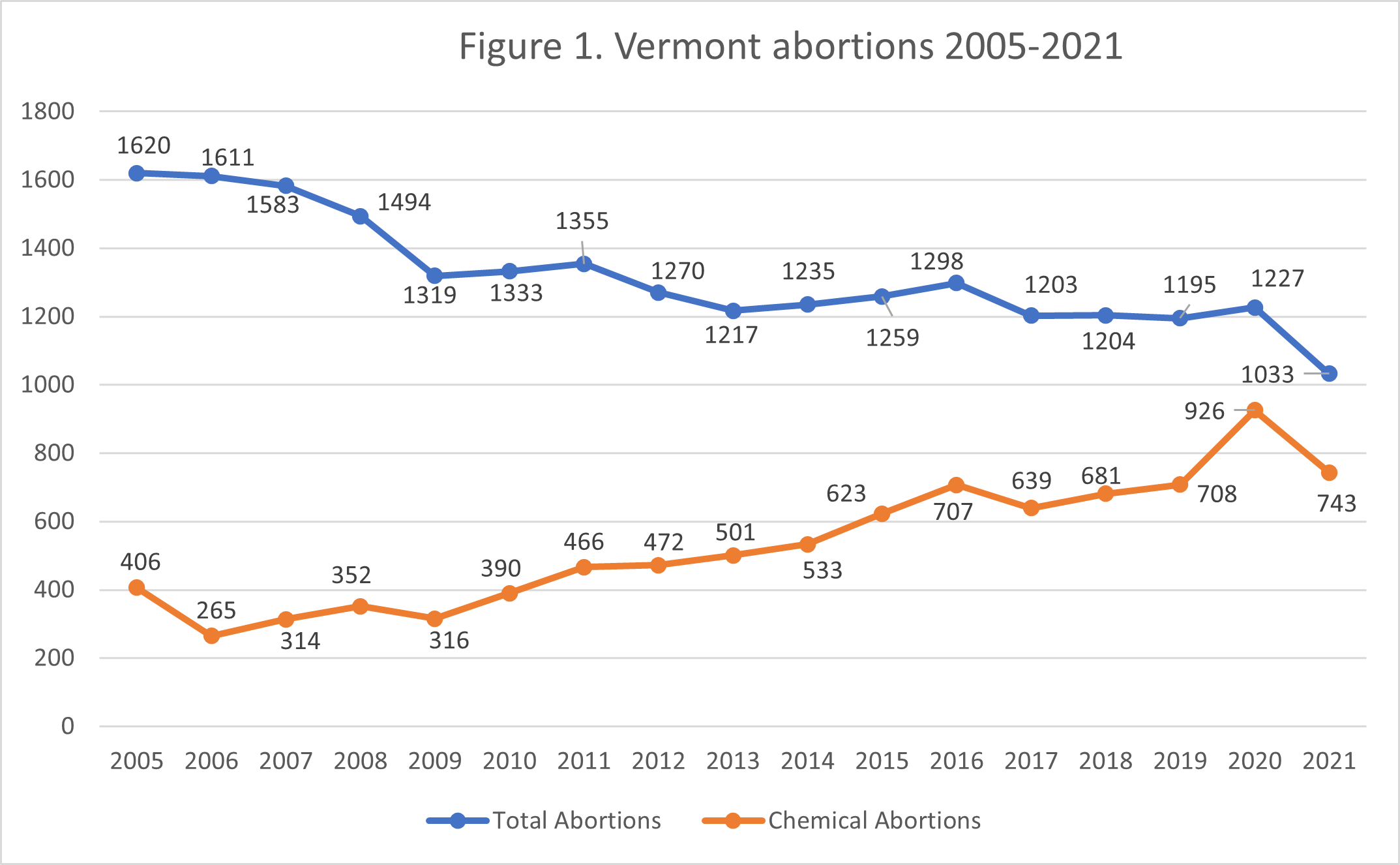
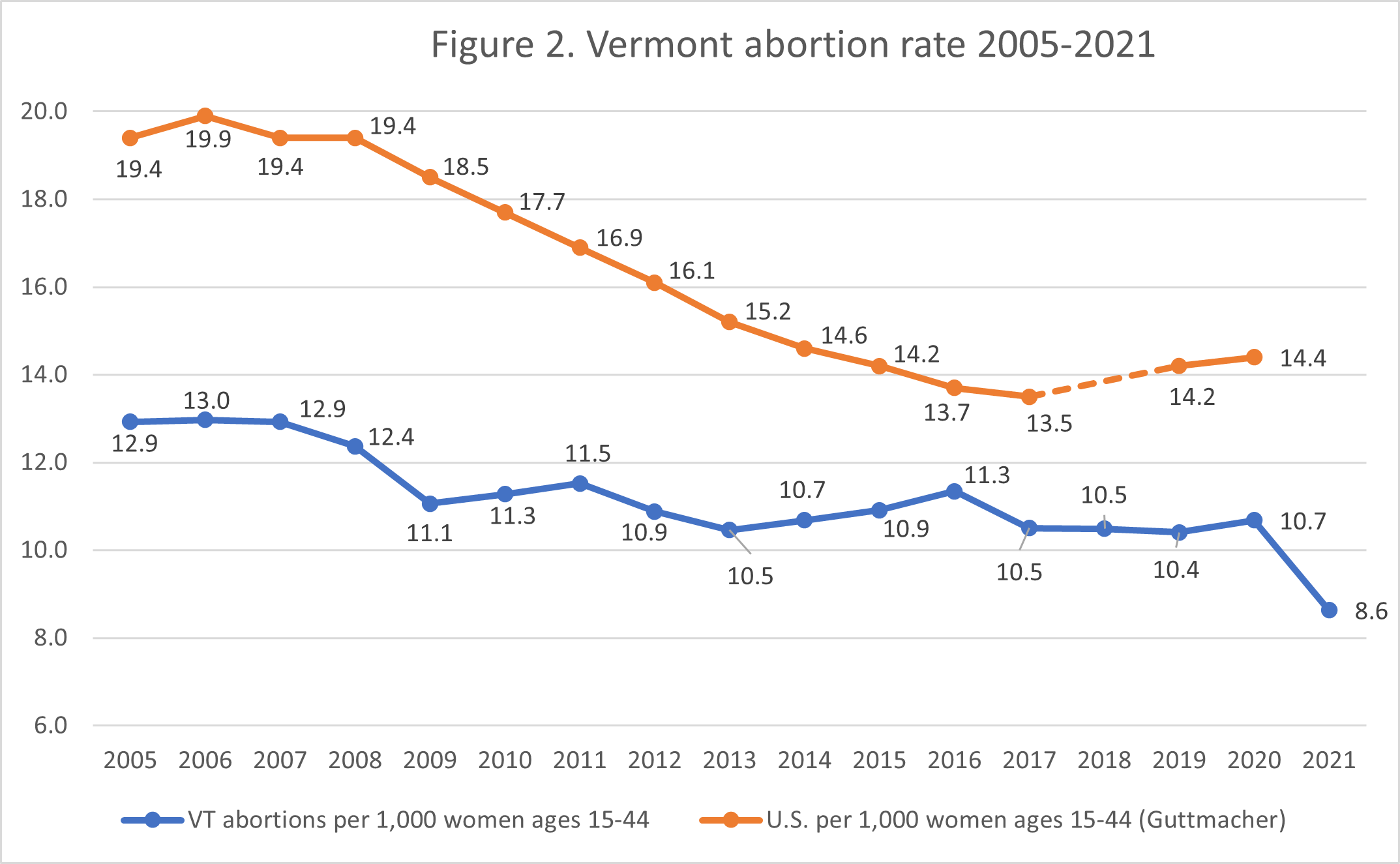
- National rates were calculated by the Guttmacher Institute. Vermont rates were calculated by CLI using the following formula: (total number of abortions performed in Vermont ÷ number of resident women ages 15-44 [based on most recent population estimates]) x 1,000. Rates may differ slightly from previous CLI articles due to revised population estimates. Population estimates were obtained from CDC WONDER. Estimates for 2005-2009 are intercensal estimates of the July 1 resident population. Estimates for 2010-2019 are Vintage 2020 postcensal estimates of the July 1 resident population. Estimates for 2020-2021 are Vintage 2022 postcensal estimates of the July 1 resident population. Population estimates were produced by the U.S. Census Bureau and the National Center for Health Statistics.





















